Need Support?
Please provide your question. We’ll find you with the best support options.
⬇️ Scroll Down Now or Contact ISK for More Bearing Information
Table of Contents
Pulley bearings are an essential component in various machinery and mechanical systems, playing a crucial role in transferring motion and power efficiently. Whether you are dealing with a simple belt-driven system in your car or managing complex industrial applications, understanding the types, functions, and maintenance of pulley bearings is essential for smooth and reliable operation. In this comprehensive guide, we'll delve into the world of pulley bearings, providing valuable insights for customers looking to make informed decisions about their bearing needs.
Pulley bearings, also known as pulley block bearings or simply pulley bearings, are a type of rolling-element bearing designed specifically for use in pulley systems. These systems typically consist of a rotating wheel (the pulley) mounted on a shaft, which facilitates the movement of a flexible belt or cable. The primary function of pulley bearings is to reduce friction and allow the pulley to rotate smoothly, thereby transmitting mechanical power from one location to another.
Selecting the right pulley bearings is crucial for ensuring the longevity and performance of your machinery.
 Here are some key factors to consider:
Here are some key factors to consider:
Determine the radial and axial loads your pulley bearings will experience, and choose a bearing type that can handle these loads effectively.
Consider the rotational speed of the pulley, as high-speed applications may require special bearing designs to prevent overheating and premature wear.
Assess the operating environment for factors like temperature, moisture, and contamination. Bearings may need special seals or coatings to protect against adverse conditions.
If your pulley system is prone to shaft misalignment, choose bearings that can accommodate this without excessive wear.
Proper lubrication is essential for bearing longevity. Select a lubrication method and type suitable for your application.
Proper maintenance and lubrication are essential for maximizing the lifespan and efficiency of pulley bearings.
 Here are some maintenance tips:
Here are some maintenance tips:
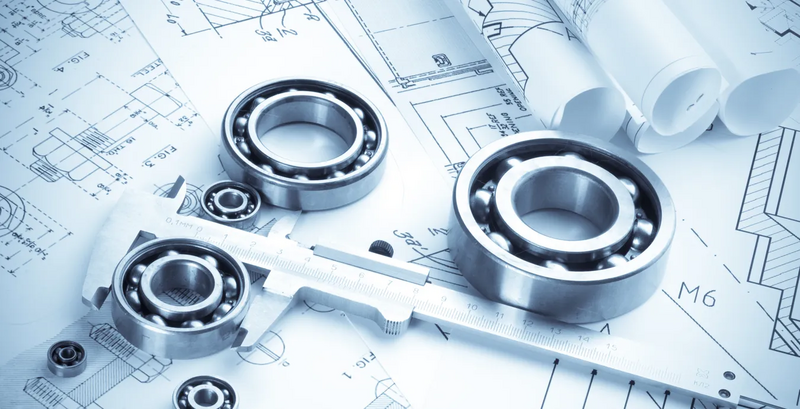
Periodically inspect pulley bearings for signs of wear, damage, or contamination.
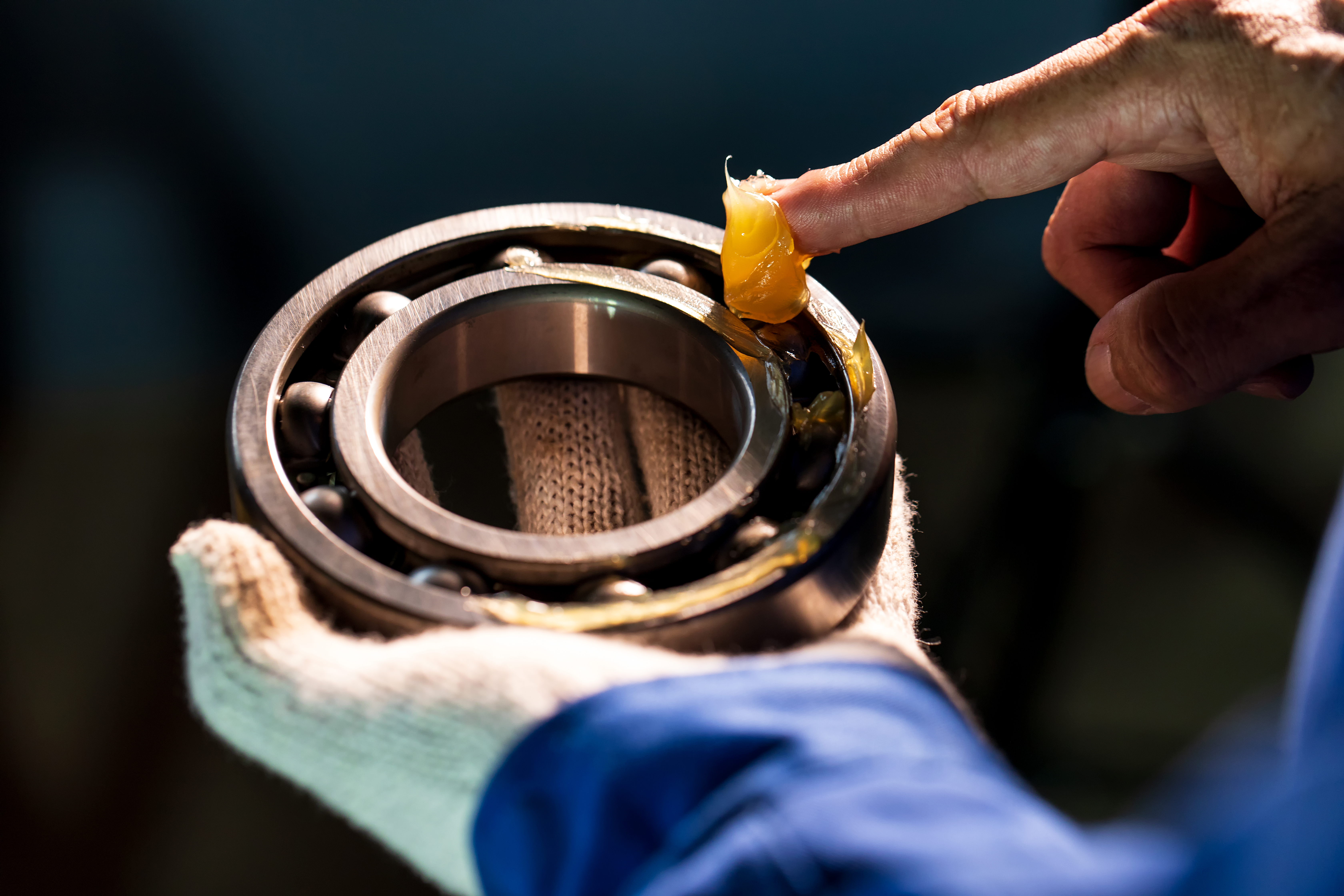
Follow the manufacturer's recommendations for lubrication intervals and use the appropriate lubricants.
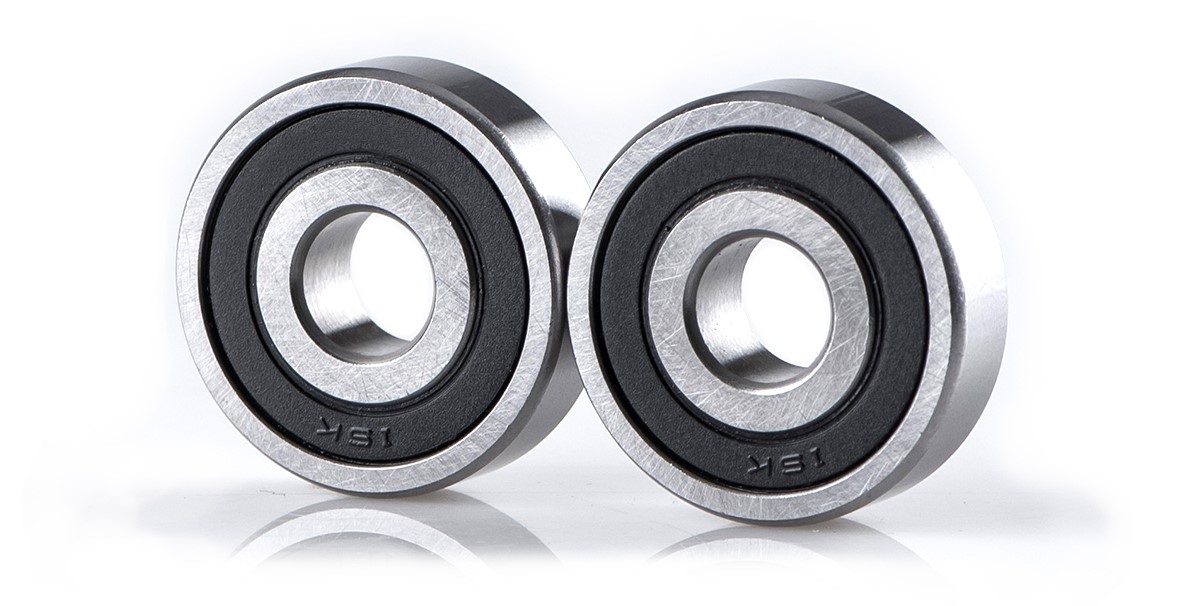.jpg)
Ensure that seals are in good condition to prevent dust, dirt, and moisture from entering the bearing.
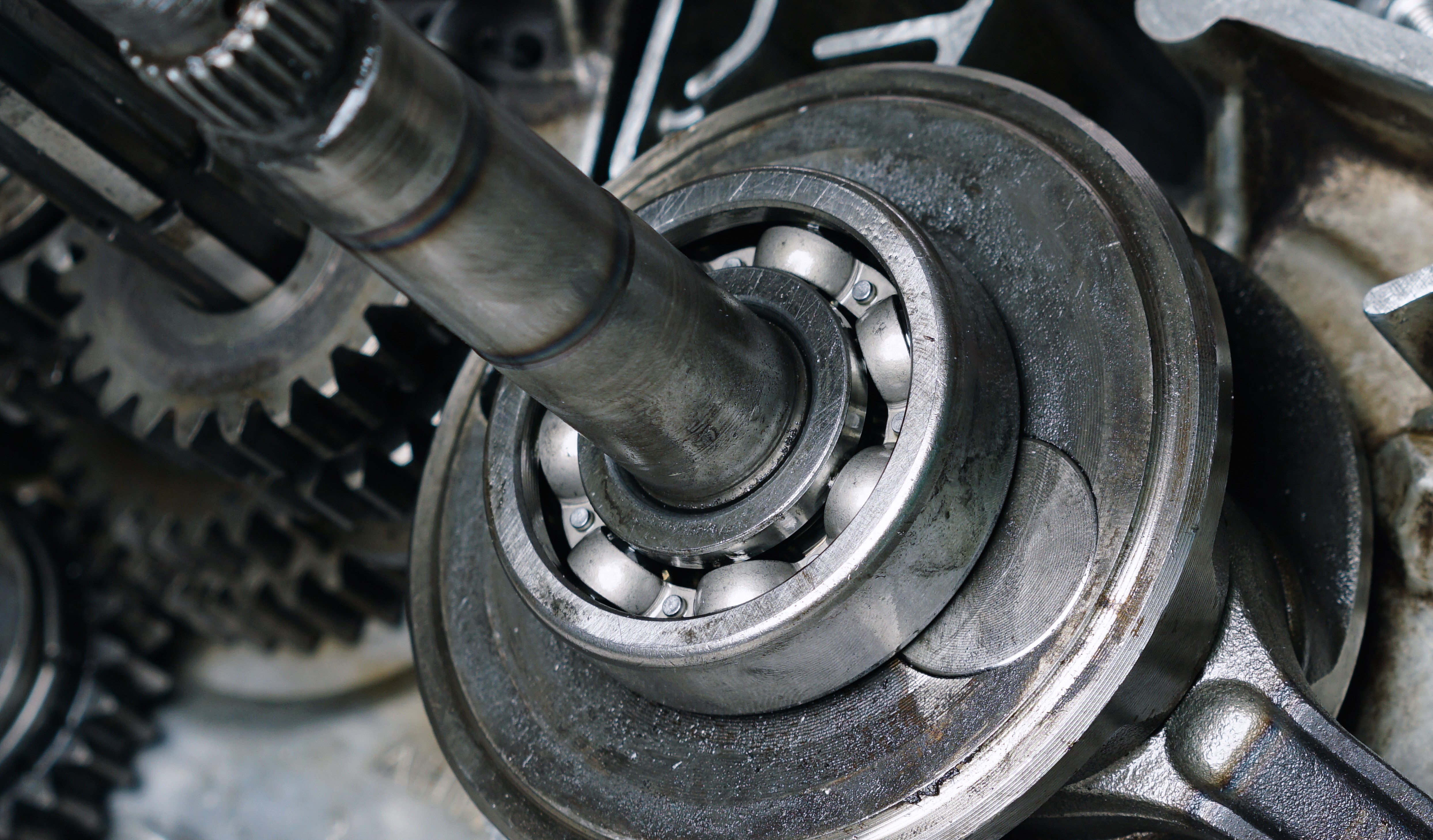
Properly install the bearings to prevent misalignment and ensure the load is distributed evenly.
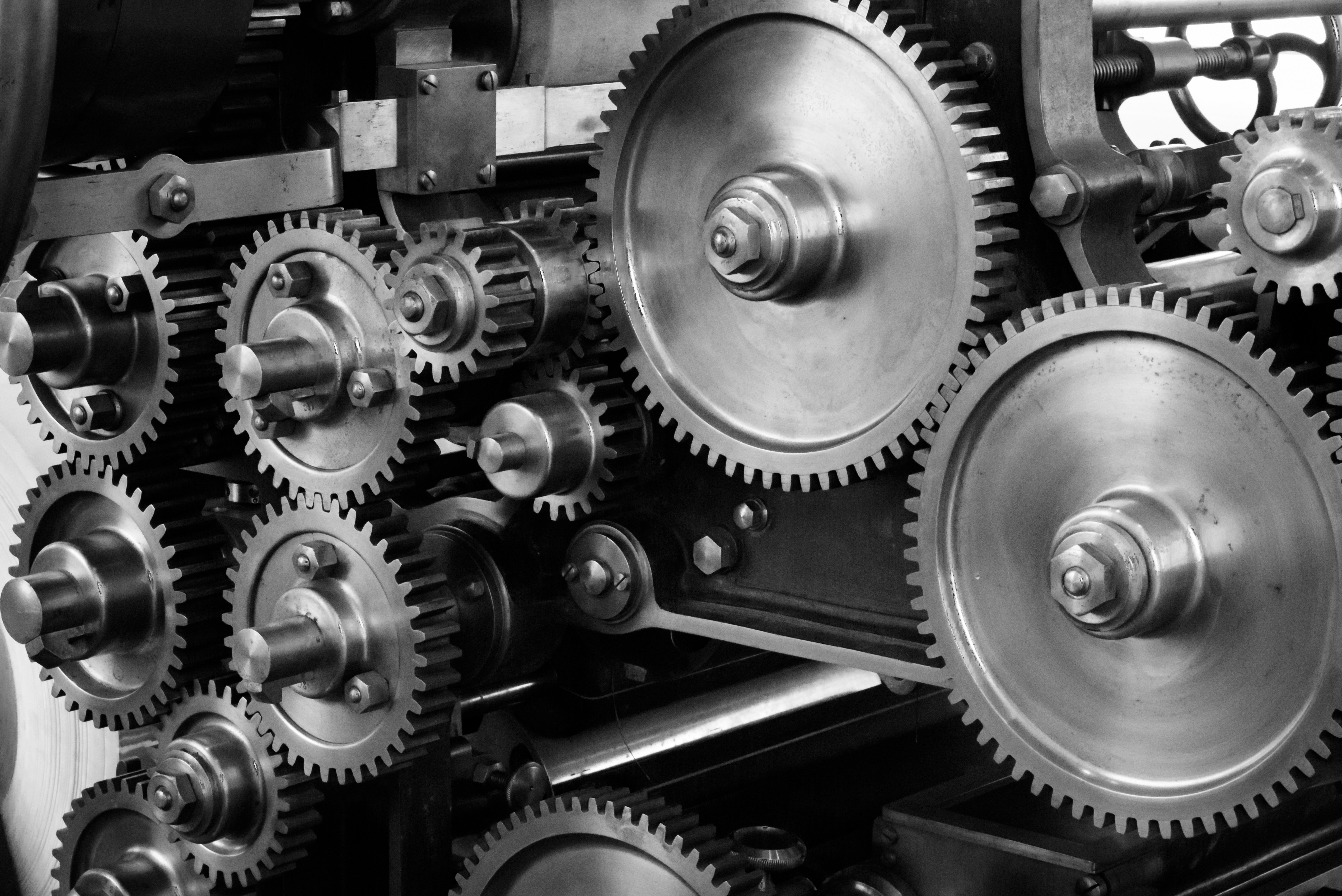
When bearings show signs of wear or damage, replace them promptly to avoid costly downtime and potential equipment damage.
Pulley bearings are vital components in a wide range of machinery and systems, making it crucial to understand their types, functions, and maintenance requirements. By carefully considering factors like load capacity, speed, and environmental conditions, and adhering to proper maintenance practices, you can ensure the reliable and efficient operation of your pulley systems. When it comes to pulley bearings, making informed decisions is key to achieving optimal performance and longevity in your machinery.
Bearing Bushing Basics: Your Entry Point to Engineering Excellence
Why is my bearing suddenly making noise?
Discover more about the features and applications of various bearings.
Click here to explore more articles and find the perfect bearing for your project.
Needle Bearings (Roller Bearings) are a type of bearing that performs exceptionally well at high speeds. Their rollers are precisely guided by specially shaped, high-rigidity cages with minimal dimensional error. Despite their small cross-section, needle bearings...
How Do Ball Bearings Work? Bearings are often small and unassuming components in a product, yet they are crucial for its proper functioning. Without bearings, many products would fail to operate effectively. But do you know how ball bearings...
Please provide your question. We’ll find you with the best support options.